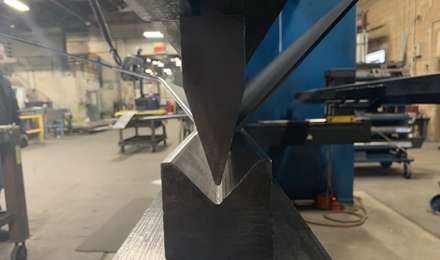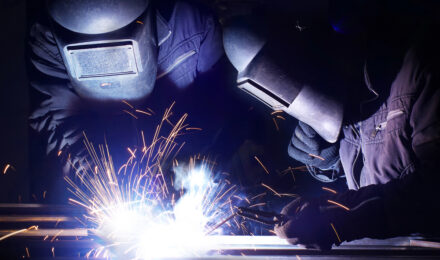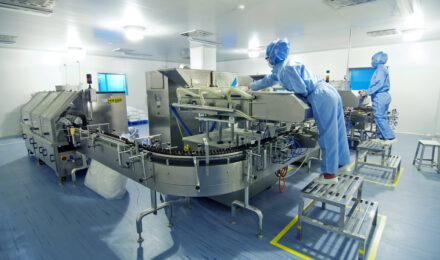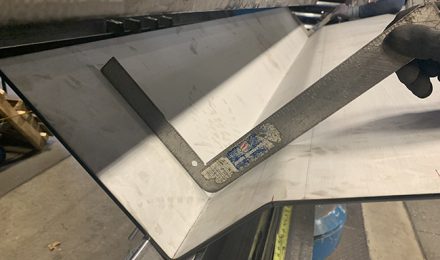Metal fabrication is integral to manufacturing, which is why so many shops and plants seek to incorporate value-adding fabrication services. Success in this manufacturing requires being able to provide a product quicker and faster than the competition, without compromising quality. Optimizing the fabrication process can help ensure your success.
Keep the fabricator involved — In many cases, metal fabricators are not included in the product design process: they don’t see the part they’re meant to manufacture until the finished designs cross their desk. This is a big problem if, as in most cases design and fabrication are two separate responsibilities, you work with an off-site designer, or the client is submitting its own designs. This can slow down the production process while the fabricator studies the new design and formulates the best plan of attack. If there are problems with the model that send it back to the drawing board, this will also create a slowdown.
Keep the fabricator involved during every step of the design process to prevent production hiccups and keep costs down without compromising product quality.
Keep it simple — First, it’s important to note that this will not always work, especially if your client is requesting a complicated build. For most projects, however, keeping it simple should be your rule. Don’t overcomplicate a project or add extra details that aren’t required to complete it. It might look great, but it will make the production process more difficult and time-intensive, causing issues with optimization.
The first tip applies here, too. Your fabricators have the expertise needed to offer suggestions for changes or refinements that will optimize the production process while still manufacturing a quality product.
Choose the right materials — Metal fabrication might seem pretty straightforward, but there are innumerable metal alloys and material choices available. Choosing the wrong fabrication material can damage your optimization by adding extra steps. This is another step where you should keep your fabricator involved — he or she can suggest or provide information about the best alloys for any new project.
Establish an online presence — The production floor isn’t the only place that you can make changes to help you improve metal fabrication processes. A strong online presence can link you to clients and suppliers, bring in new customers and even become a tool for finding new employees through sites like LinkedIn.
Having a website also allows you to utilize Google Analytics: These tools, provided by Google, help you track site views, visitor engagements, and clicks, so you can optimize your online presence to support your manufacturing sites.
Optimize management too — The production floor isn’t the only thing that needs to be optimized. You’ll want to optimize your management team as well. Take a look at the principles of lean manufacturing — assess the value of each step of the process, streamline your workflow, and create a culture of empowerment for both customers and employees.
Your workflow is the key point here. A streamlined workflow can help you optimize your entire process. Take a close look at your current standard operating procedure to find out what works and what does not work. The parts that don’t work, or don’t work as efficiently as necessary, are due for an overhaul.
Gather data and use it — Your metal fabrication shop generates a lot of information every day, from customer accounts and sales to manufacturing process data. Don’t just gather this data and store it away. Use it. Machine learning and predictive algorithms work to streamline your processes by sorting through the data to find patterns, detect problems and even predict future trends if enough information is collected.
This step does require a dramatic investment of both time and money. Predictive analytics software is expensive, and you will need to hire new employees to manage the data system, or pay for training for those who are already employed in those roles.
This is not a short-term solution, but it can help you to optimize your manufacturing processes and keep them well-tuned for years to come.
If you haven’t looked at your manufacturing process in a while, it probably is time to take a closer look at your standard operating procedures, to see where they can be optimized. Everything, from the materials you choose to who is allowed to participate in the design stage, can be overhauled to make your production floor more efficient.
Many of these tips can be implemented without upsetting current procedures, improving efficiency without compromising your current levels or taking anything offline while the upgrades are processed.
Metal fabrication is becoming increasingly competitive as shops and factories seek to add value to their existing work — so every little bit of process improvement will help you. Start optimizing your process today.
Original Source: www.americanmachinist.com






